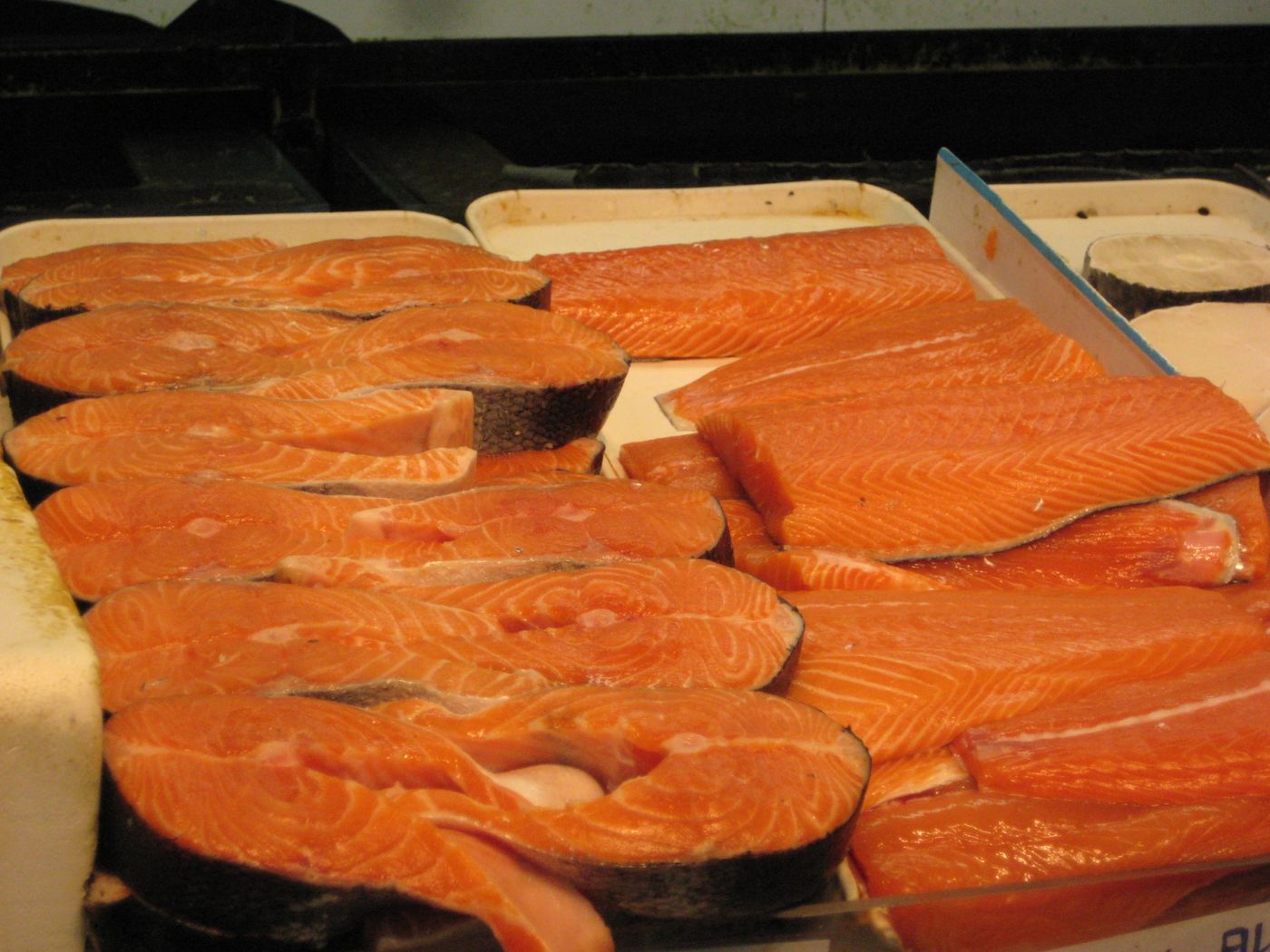The Green Light is Given for GM Salmon
The problem of over-fishing our waters for salmon has been met with a scientific solution – that of genetically modifying the fish such that farm-raised salmon can grow to full-size twice as quickly as wild salmon. But how quickly are people going to flock to such a thing when the scares of side effects down the line could potentially leave us in a far worse predicament?

The FDA has given the green light, saying that using the genetically modified salmon for food is safe, so the aforementioned side effects concern shouldn’t be a problem. A company known as AquaBounty Technologies first submitted its request to produce these fish for food approximately 20 years ago, but it’s taken this long for the FDA to approve it.
“The FDA has thoroughly analyzed and evaluated the data and information submitted by AquaBounty Technologies regarding AquAdvantage Salmon and determined that they have met the regulatory requirements for approval, including that food from the fish is safe to eat,” said Dr. Bernadette Dunham of the FDA.
Rather than continually over-fishing our waters and risking depleting the natural resources, we can try to sustain a substantial amount of farm-raised salmon that can keep more wild salmon in our waters and still feed the growing hunger cravings for them. The benefit of being genetically modified means that since they grow twice as fast, they’ll require less food, and hence they’re cheaper to produce than maintaining natural salmon.
There are, of course, some concerns about the effects of genetically modified salmon. The concerns are not only pointed in the direction of what genetically modified foods can do to our bodies, but also what the genetically modified fish will do to the natural versions of the fish in the wild.
For these reasons, it’s important that the genetically modified fish stay separate from wildlife. The fast-growing genetically modified salmon could pose a threat to the slower-growing wild versions. Despite the concerns, experts say genetically modified salmon pose no threats to wildlife either; it’s just going to take getting through the process of convincing a weary public.
The FDA requires that the genetically-modified salmon, which are essentially an Atlantic salmon that have been modified with a gene from a Pacific chinook salmon, be raised in tanks on land, separate from wildlife and outside of the U.S., such as in Canada and Panama.
Now that such a thing has been deemed safe and legal in the United States by the FDA, AquaBounty Technologies can begin producing its genetically modified salmon as soon as tomorrow. Since it can take a few years to get production of the fish going, it probably won’t be ready for some time. Chances are, you won’t even know if you’re eating natural or genetically modified salmon in the near future.
With the flood gates now open, it’s possible we could see the move to approve more genetically modified foods into the market. Salmon may have been the big start, but other commonly-consumed animals, such as chicken, cows, and even pigs, may also some day join salmon as a genetically modified animal made entirely for food.
Source: Reuters








